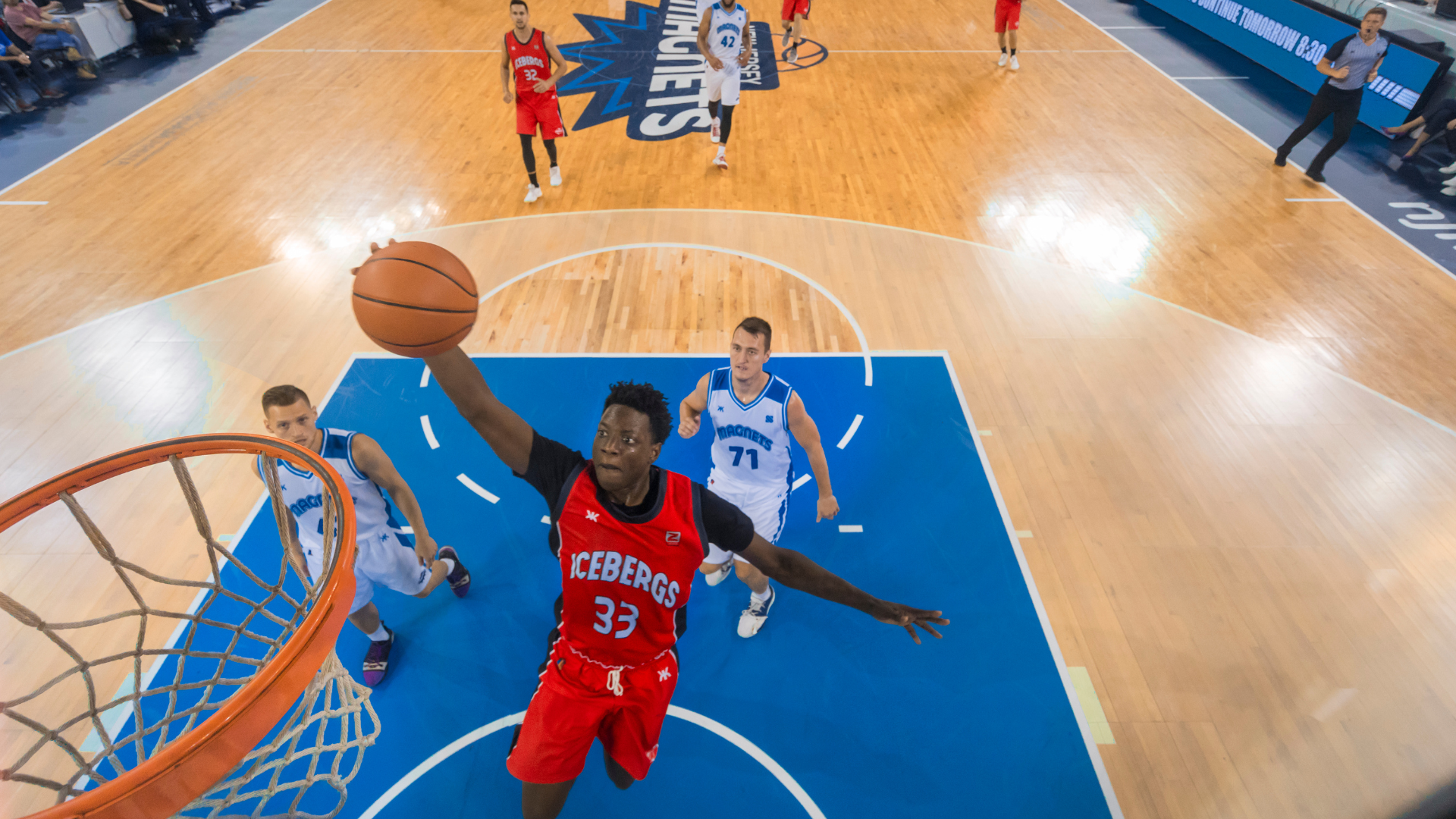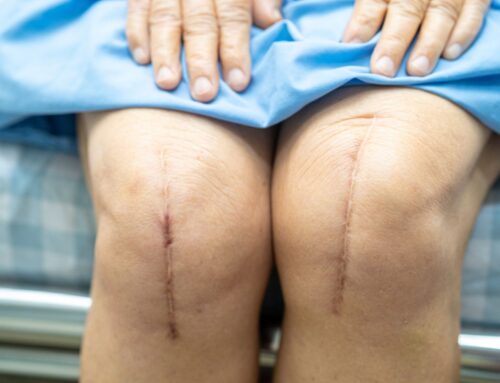Back spasms can happen suddenly causing tiny twinges of pain or crippling contractions that can last anywhere from a few hours to a few weeks. Back spasm treatment involves addressing the acute pain in addition to the underlying cause of the problem to prevent chronic or recurring back pain.
Although back spasms can be caused by injury or weakness, they can also be the symptoms of a more serious problem. In this article we will look at the causes, symptoms, and common areas back spasms occur, as well as back spasm treatment options.
Table of Contents
- What are back spasms?
- Causes of back spasms
- Symptoms of back spasms
- How long do back spasms last?
- Where do back spasms commonly occur?
- Back spasm treatment
- When to seek medical attention for back spasms
What Are Back Spasms?
Back spasms are involuntary contractions of the back muscles, suddenly and against your will that can be triggered by moving in a certain way. The muscles may painfully twinge, seize or contract. Back spasms often occur due to muscle weakness, overuse, or injury. Back spasms can range from tiny twinges to crippling contractions causing loss of function and mobility and leading to increased disability.
Causes of Back Spasm
In normal activity, the muscles contract and relax to the demands placed on the body. Back spasms are when there is an involuntary contraction of the muscle that fails to relax. Back spasms can be the result of injuries to the muscles, tendons and ligaments in the back or they can be related to more serious medical conditions such as kidney stones or infections, gall stones, or tumors.
In some cases, back spasms may be a sign of an underlying medical condition that causes inflammation of the spine and surrounding tissues such as arthritis, or a ruptured disc in your spine.[i] Forms of inflammatory arthritis that affect the spine, such as ankylosing spondylitis (fused vertebrae) and osteoarthritis in the back can put pressure on the spinal cord, which may lead to pain in the back and legs causing spasms. A ruptured or bulging disc in the vertebrae can also cause back spasm when the surrounding muscles protectively tighten to immobilize the painful area.
Common causes of back spasms include:
Muscle overuse: Heavy lifting is a common cause of back spasms. Athletes who engage in heavy lifting are more susceptible to back muscle strain and spasms.[ii]Activities that require repetitive bending and twisting of the back can put excessive strain on the muscles and ligaments in the back and cause an injury. Prolonged periods of physical activity without sufficient rest and recovery can inflame and injure back muscles. Movers are also at higher risk for back strain because of the heavy lifting, pushing, pulling, and twisting movements required.
Acute Injury: A fall or sudden, abnormal twisting movements can sprain or strain the muscles, tendons or ligaments in the back. Sports such as football, golf, basketball, and tennis can lead to back spasms as these sports require repetitive and sudden twisting movements of the lower back.
Not using your muscles enough: If you have a sedentary lifestyle and don’t exercise, then lack of regular physical activity can weaken your muscles in the back, abdomen and buttocks leading to recurrent back pain and spasm.
Poor posture: Incorrect sitting or standing posture can put undue strain on the muscles in the back.
Nutritional deficiency: Deficiencies in essential vitamins and minerals—such as vitamin D, magnesium, and potassium—can disrupt normal muscle function and cause back pain and spasms.[iii] Dehydration, especially while exercising, can also be a cause of fitness related back spasms.[iv]
Anxiety and stress: Stress and anxiety can cause involuntary tightening of the muscles in the back and neck. Prolonged muscle tension may lead to muscle stiffness and spasms. Evidence suggests that chronic stress can lead to chronic pain and vice versa. For many people, this involves back pain.[v]
Other spine conditions like spondylolisthesis, a condition that causes a vertebra in the lumbar spine to slip out of its normal position and spinal stenosis narrowing of the spinal canal that compresses the spinal cord and/or nerves can lead to inflammation, back pain, stiffness, and muscle spasms.
Fibromyalgia: A chronic condition characterized by widespread pain, which can include back spasms.
Symptoms of Back Spasms
The symptoms of muscle spasms can vary, but they typically involve sharp, sudden pain resulting from a certain movement. Depending on the location of the spasm, nerves or other tissues may be involved, which can cause additional or radiating pains.
The intensity of a back spasm can range from causing a slight twitch to debilitating pain.
A back spasm can be accompanied by other symptoms that vary depending on the underlying disease, disorder, or condition. This includes:
- Stiffness, sometimes after rest or sleep.
- Pain in the back that causes a hot, burning, shooting, or stabbing sensation in one or both legs.
- Paresthesia (pins and needles) or numbness in the back or legs.
- Pain that improves with activity.
- Pain that radiates into other areas of the body, such as the buttocks, legs, or hips.
- Pain that increases when bending or lifting.[vi]
Serious symptoms such as pain that worsens, numbness, changes in sensation, swelling, or fever may accompany back spasms and indicate a condition that requires immediate medical attention.
How Long Do Back Spasms Last?
Back spasms occur with a range of intensities. They can involve part of just one muscle or several muscles in a muscle group at once. The duration of back muscle spasms can vary depending on the severity of the spasm and the underlying cause.
In most cases, back spasms can last for anywhere between a few minutes to a few hours per episode. However, if the spasms are caused by an underlying condition, such as a herniated disc or spondylolisthesis, or if there is a tear in the muscle, the symptoms may persist for days or even weeks.
Where Do Back Spasms Commonly Occur?
Lower back spasms are more common than spasms in other areas of the back, but they can occur in any area. The muscles in your lower back are more susceptible to injury and overuse because they are responsible for supporting your upper body and are therefore under more stress and strain than other back muscles. Additionally, the muscles in your lower back are connected to your hips and legs, which means they are involved in many movements, such as walking, running, and jumping.
The low back muscles can also tighten and spasm as a protective mechanism for an underlying pathologic condition of the lumbosacral spine. Examples of such conditions include a pathologic disc, joint hypomobility dysfunction, facet syndrome, a lumbar strain or sprain, or a condition of the sacroiliac joint. Therefore, any factor that tends to cause or aggravate any of these conditions will likely result in tightness and spasming of the low back.
Under the global background of population aging, low back pain (LBP) is the leading cause of both reduction in working hours and disability. LBP is a common condition across populations as the prevalence of LBP gradually augments by 11.4% each year, and up to 60-80% of the population in the world encounter this problem.[vii]
Tightness and spasming of the paraspinals and other muscles in the middle and upper back (thoracic region) is less common than low back muscle spasms, but it still occurs frequently. Tightness in this area can be caused by many factors. Just as bending the trunk forward can tighten the low back paraspinals, bending the upper trunk and neck forward for a prolonged period of time can similarly tighten the thoracic paraspinal muscles.
A muscle spasm in the neck is a relatively common occurrence, which typically involves one or more muscles becoming painfully tight and/or fatigued. Neck spasms can interfere with everyday activities such as driving, concentrating, or carrying heavy items. If the spasm is a symptom of an underlying inflammation or nerve irritation, it may radiate downward into the arms or hands.
Back Spasm Treatment
Physiotherapy is an important component in the treatment of back spasms. Your treating clinician will assist you in stretching, strengthening, and reducing inflammation in the affected muscles to help you alleviate pain and resume your normal activities. They will also consider your lifestyle, activities, and daily habits to prevent future pain and injury.
Back spasm treatment involves treating the underlying cause. Treatment can also vary depending on whether the pain is chronic or acute.
Physiotherapy treatment for acute back pain and spasm may include:
- Hot and cold therapy to relieve inflammation: Cold and heat therapy can be used to alleviate pain and inflammation caused by back spasms. Apply ice for up to 20 minutes at the onset of a back spasm to reduce pain and inflammation. Afterward, you can apply heat to encourage blood flow to the affected area and relax the muscle. Alternating between ice and heat packs as needed can be helpful in reducing pain and promoting healing.
- Use of modalities such as acupuncture and TENS to aid in pain management.
- Rest to alleviate pressure on your back. It’s best to sit or lie down in a comfortable position. If you’re lying down, slightly bend your knees and place a pillow under them to reduce pressure on your back. Avoid sitting up in bed or remaining in a twisted position to prevent extra strain on your back muscles.
- Massage therapy for the affected muscle to reduce tension can help the spasm.
- Stretching any tight muscles that may be contributing to the back spasm and/or pain.
Physiotherapy treatment for chronic back pain includes:
- Strengthening any muscles that may be contributing to muscle weakness and imbalances including core strengthening.
- Relaxation strategies, including deep breathing exercises and mindfulness meditation may help reduce muscle tension and psychological stress.
- Education regarding lifestyle changes, workplace ergonomics, and posture improvement.
- Engaging in gentle exercise. Resting for extended periods can cause muscle stiffness and delay healing. Instead, try going for short walks on even surfaces or doing some gentle lower back stretches, as directed by your physiotherapist. Yoga poses such as child’s pose, cat-cow position, or using a foam roller can help relax your lower back muscles and prevent future spasms.
Back spasms can be disruptive to your daily activities. One of the best ways to prevent back pain and spasms is to keep your back and stomach muscles strong. Specific steps you can take to lower your risk of back spasms include:
- Minimize the amount of time you spend sitting.
- Maintain good posturewhile sitting and standing.
- Use good formand posture when lifting heavy objects or exercising. When lifting something heavy, bend your knees and keep your back straight. Use your leg muscles to do most of the work.
- Sleep on a comfortable, supportive mattress.
- Sleep in a curled-up, fetal position with a pillow between your legs. If you usually sleep on your back, place a pillow, or rolled towel under your knees to relieve pressure.
- Strengthen your back, hips, and abdominal muscles.
- Avoid high-impact activities or movements that strain the back.
- Well-balanced diet to help you lose weight if you are overweight or stay at a healthy weight.
- Exercise and stay active. Get regular physical activity such as walking, cycling, swimming, or water exercise. A physical therapist can teach you which exercises are right for you.
When to Seek Medical Attention for Back Spasms
You should seek medical help for any muscle spasm that is severe, or for any back spasm that:
- Occurs frequently.
- Does not improve after stretching or hydration.
- Lasts a long time.
- Is accompanied by swelling, redness, or a feeling of warmth to the area.
- Is accompanied by muscle weakness
- Or any of the red flags such as loss of sensation or numbness, loss of bladder or bowel control, fever, swelling, or pain that does not improve.
Physiotherapists play a key role in treatment and prevention of back spasms. Our physiotherapists can create a personalized treatment plan to help you achieve your goals and needs.
References
[i] The Ultimate Guide to Back Spasms (healthcentral.com)
[ii] Back Spasms: Causes, Treatment & What Is It (clevelandclinic.org)
[iii] The Ultimate Guide to Back Spasms (healthcentral.com)
[iv] Back Spasms: Causes and Treatments for Back Muscle Spasms (healthgrades.com)
[v] Chronic Pain and Chronic Stress: Two Sides of the Same Coin? – PMC (nih.gov)
[vi] Back Spasms: Causes and Treatments for Back Muscle Spasms (healthgrades.com)
Written by

















